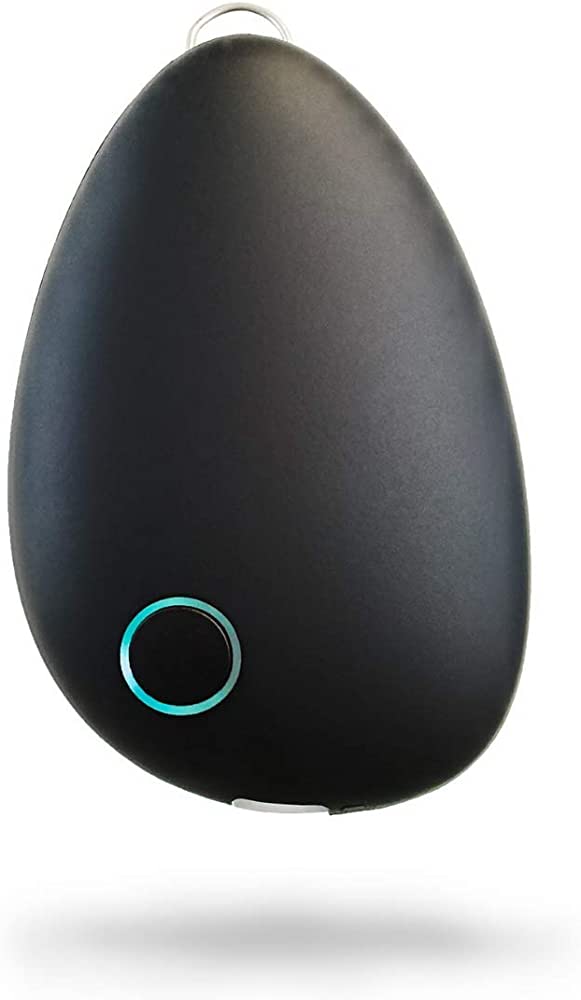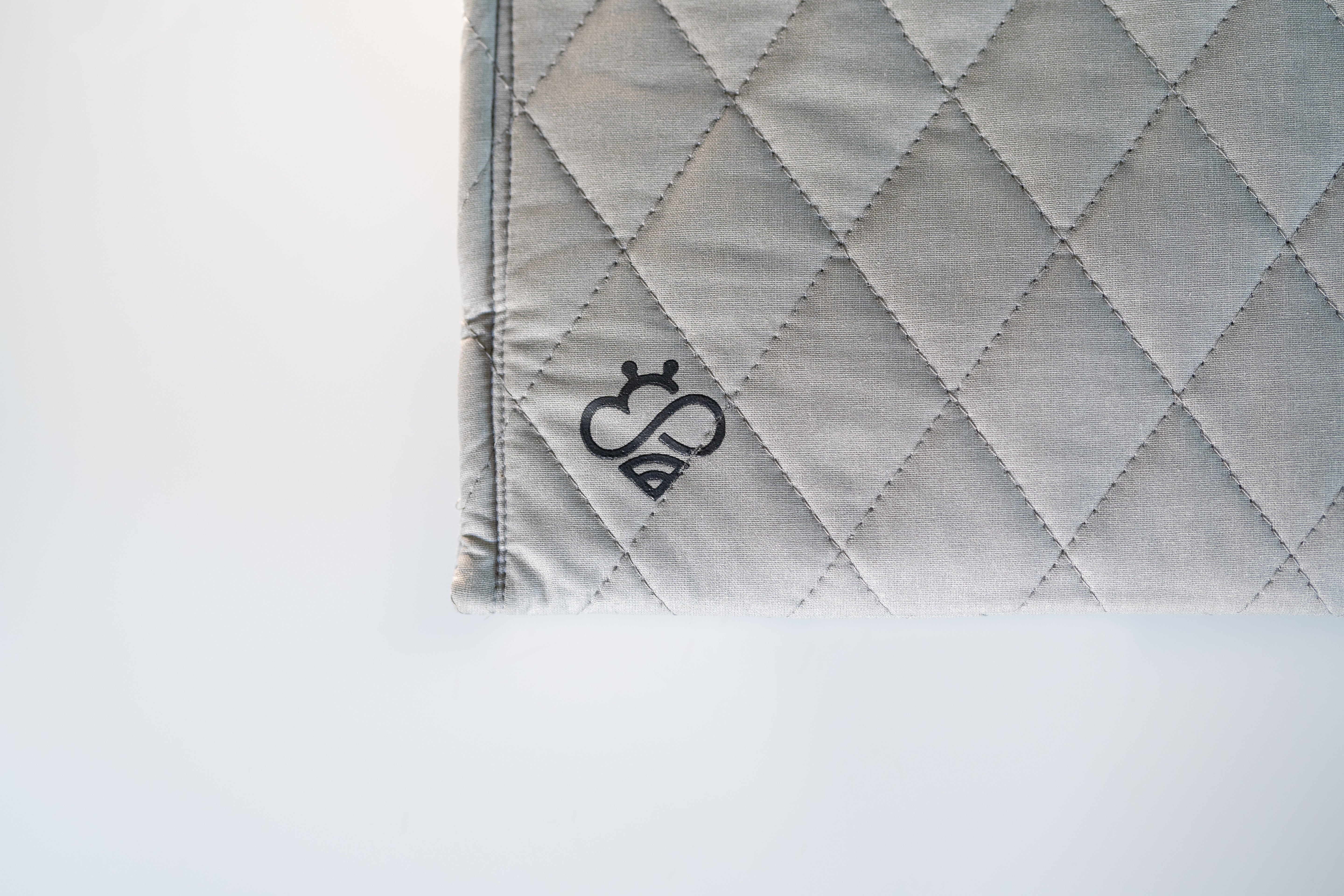Hapbee vs. Sensate Wearable Review
In today's fast-paced world, it's easy to get caught up in the hustle and bustle of daily life, which can lead to chronic stress and anxiety. Thankfully, wearable technology has made it possible for us to reduce stress levels and improve our overall well-being without taking prescription medication.
Two popular wearables for stress reduction are Hapbee and Sensate. In this article, we'll take a closer look at these two devices and see which one is the ultimate stress buster.
The Problem with Stress:
Stress is a natural response to difficult situations, but chronic stress can lead to a host of health problems, including heart disease, depression, and anxiety disorders. While there are many ways to manage stress, such as exercise and meditation, wearable technology has emerged as a powerful tool for stress reduction.
Sensate vs. Hapbee: An Overview
Sensate and Hapbee are two different types of wearable devices designed to improve overall well-being. Sensate uses a combination of sound therapy, vibration therapy, and heart rate variability (HRV) training to help users manage stress and anxiety, while Hapbee uses patented ultra-low frequency electromagnetic field technology to help users experience a variety of sensations such as focus, relaxation, and sleepiness. While both devices have similar goals of helping users feel better and improve their quality of life, they take very different approaches to achieve those goals. In this article, we'll take a closer look at the differences between Sensate and Hapbee to help you decide which device might be right for you.
Hapbee:
Hapbee is a wearable device that uses patented technology to emulate the electromagnetic signature of natural compounds like melatonin, caffeine, and CBD. By wearing the device on your head, you can access different "signals" that can help you relax, sleep better, or feel more focused.
Hapbee has been clinically tested to reduce stress levels and improve sleep quality. Users report feeling more relaxed, refreshed, and focused after using the device. Hapbee is also non-invasive and drug-free, making it a safe and effective alternative to prescription medications.
Sensate:
Sensate is another wearable device designed to reduce stress levels and promote relaxation. Unlike Hapbee, which uses electromagnetic signals to stimulate the brain, Sensate uses a combination of sound and vibration therapy to induce a state of deep relaxation.
Sensate works by stimulating the vagus nerve, which is responsible for regulating the body's stress response. By activating this nerve, Sensate can reduce anxiety and promote a sense of calm and well-being.
Sensate has also been clinically tested and has received positive reviews from users. Some users report feeling a sense of euphoria after using the device, while others report better sleep quality and improved mood.
How Does Sensate Work?
Sensate is a device that uses sound and vibration therapy to help users relax and reduce stress. The device features a comfortable foam cushion that users can rest on, which then delivers gentle vibrations and sounds that stimulate the parasympathetic nervous system. This helps to slow down the body's natural stress response, allowing users to feel calmer and more relaxed. Sensate works by combining elements of traditional meditation practices with modern technology to create a unique and effective relaxation experience. Users can customize the settings on the device to suit their individual needs and preferences, allowing them to achieve a state of deep relaxation quickly and easily.
How Does Hapbee Work?
Hapbee records magnetic signatures from specific compounds and replays them using a wearable headband to imitate emotional effects. Its ulRFE technology accesses a full spectrum of signals, unlike Apollo Neuro, which is a single-use device. Hapbee has the ability to derive signals from any every day compound, like caffeine or melatonin, which is why its signal catalog is constantly expanding.
Hapbee’s peak signal strength is 40 milliGauss–extremely low, safe, and effective. The company has worked with its research partner, EMulate Therapeutics, to produce a whitepaper outlining the known effects of low-energy magnetic fields on biological systems.
Sensate and Hapbee User Studies
Both Hapbee and sensate have conducted multiple studies on their products.
Hapbee, on the other hand, has tested all of its available signals on both blinded and unblinded users. In unblinded sessions with 135 users, 91% indicated they felt the signal played in a one-off setting.
Blinded users were able to distinguish between signal and no signal in 100% of cases and could differentiate between signals with more than 70% accuracy. Most errors happened with signals from adjacent feelings, such as misidentifying Alert and Focus. Continued Hapbee research is ongoing, particularly around productivity and sleep.
Sensate vs. Hapbee: Customer Reviews
Before buying a product, it’s important to know what customers are saying about it. Does Hapbee work? Is Sensate worth its expensive price tag?
Hapbee Reviews
“I still find it hard to believe that I can put this device on the energy setting and within a minute feel like I’ve had some Bulletproof Coffee.” – Dave Asprey
“15% increase in Oura Ring sleep score primarily due to a 4x increase in REM sleep. Wow. You need this thing.” – Martin
“I rely on the Calm and Focus signals throughout my workday, as I am pulled in many directions and can’t afford to get off track.” – Maureen
I use it for relaxation and sleeping at nighttime. It really makes an impact
“I’ve been using the Relax and Calm signals and checking my blood pressure. It’s staying low, and I’m feeling really good.” – Dr. Richard
“I can’t believe how relaxed Hapbee makes me feel, despite me just getting off duty.” – Officer Clint
“I use Hapbee for relaxation and sleeping at nighttime. It really makes an impact.” – Dr. Tatiana
“In the evenings, I just throw on my Hapbee and sit back and let it all kind of melt away at the end of the day. I’m really, really in love with my Hapbee.” – Ben
Sensate Reviews (Amazon)
"I really wanted to like this item.
I was even ready to overlook the simplicity of this basic "prototype" compared with the price tag, because if something works, it does not need to be overcomplicated. But this does NOT work. Low quality Bluetooth makes connecting a nightmare. And you need to connect for it to work. Tried to connect it to 3 of the best phones in the market (mine and family members iOs and android) nothing worked."
"Expensive but ineffective. Waste of $"
"This is a great product when it works. Mine did fine for the first few weeks. I use it every night, before going to bed. It quit vibrating through the program. I asked my therapist if she had any problem, she said, no. But another therapist, that is a client, said she has had to send one back, as it was defective. "
- Amazon Reviewer
Other Things to Consider
Both Hapbee and Sensate are effective wearables for reducing stress levels and improving overall well-being. While Hapbee uses electromagnetic signals and Sensate uses sound and vibration therapy, both devices are safe, non-invasive, and drug-free.
When deciding between Hapbee vs Sensate, it ultimately comes down to personal preference. Some users may prefer the electromagnetic stimulation of Hapbee, while others may prefer the sound and vibration therapy of Sensate. No matter which device you choose, you can rest assured that you're investing in your overall health and well-being.





